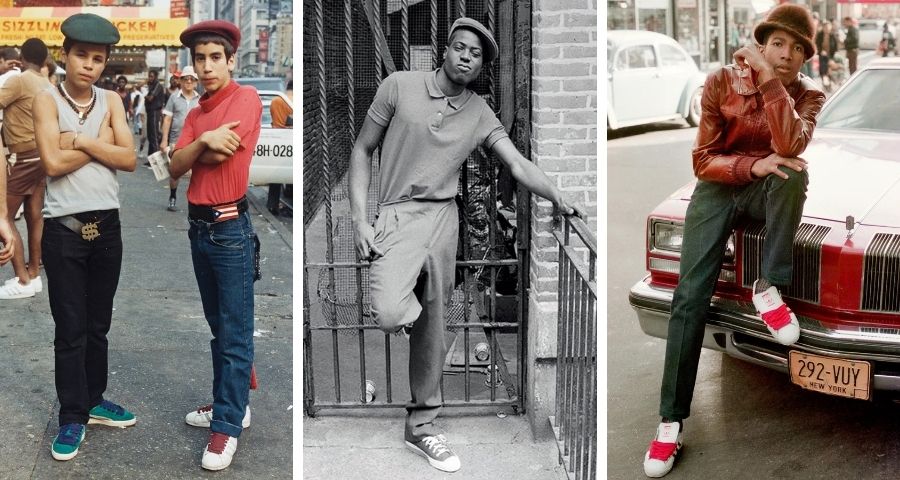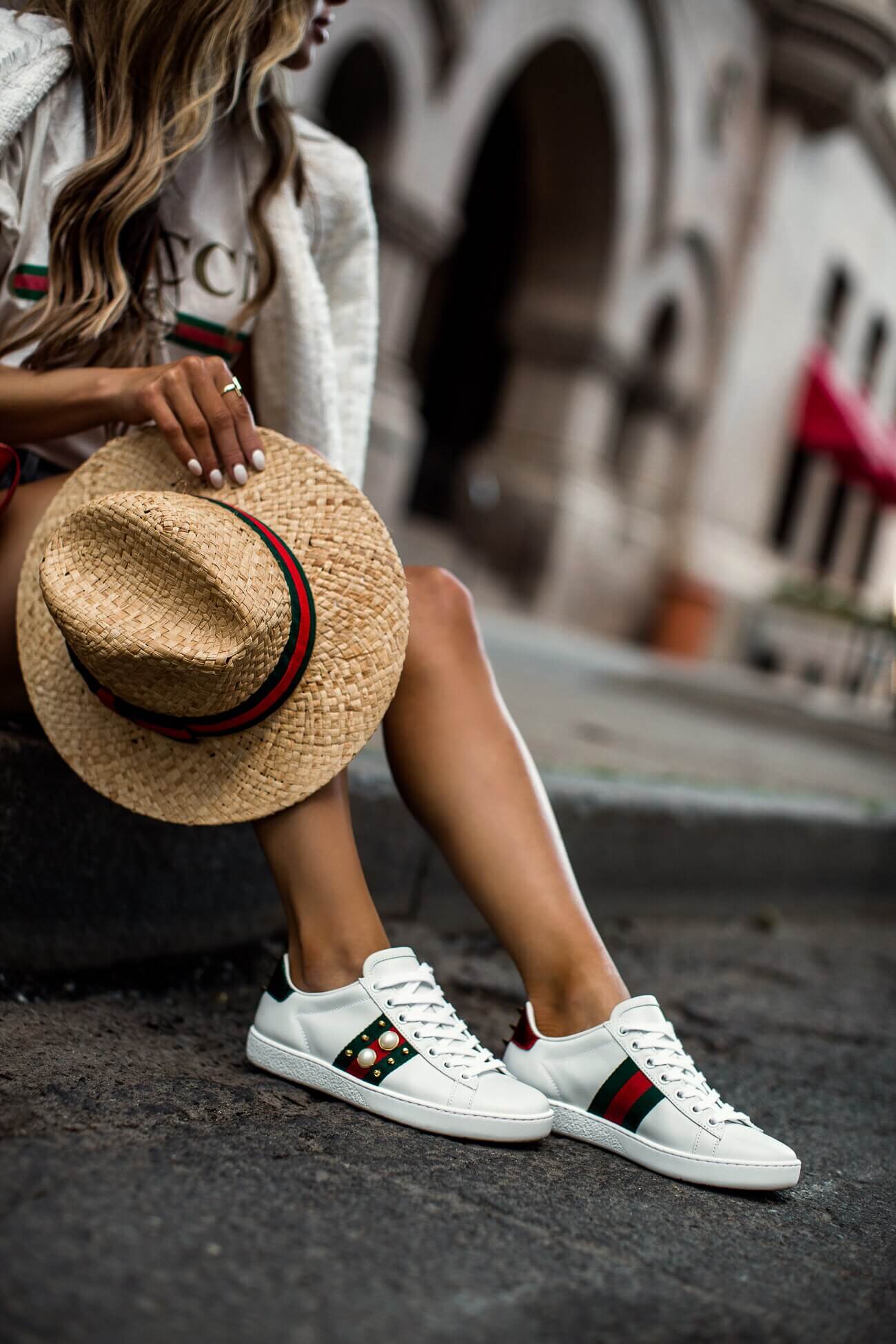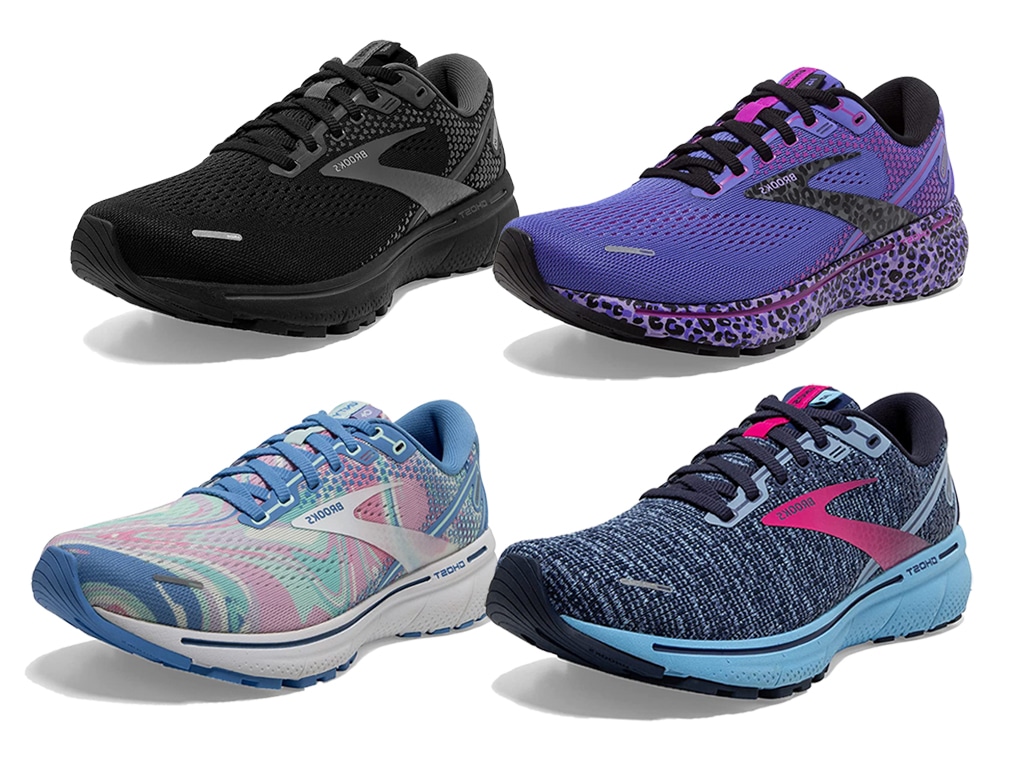Luxury sneakers have transcended their athletic origins to become pivotal elements in high fashion, symbolizing a fusion of comfort, craftsmanship, and status. This comprehensive exploration delves into the evolution of luxury sneakers, examining their cultural significance, the meticulous artistry involved in their creation, the influence of brand prestige, and their role as both fashion statements and potential investment pieces.
The Evolution of Sneakers into Luxury Fashion

Originally designed for sports and physical activities, sneakers have undergone a remarkable transformation. In the early 20th century, brands like Converse and Adidas introduced sneakers primarily for athletic purposes.

However, by the late 20th century, sneakers began to permeate mainstream fashion, influenced by subcultures such as hip-hop and skateboarding. This shift caught the attention of luxury fashion houses, leading to collaborations that blurred the lines between streetwear and high fashion.
Cultural Significance and the Rise of Sneaker Culture

Sneaker culture has evolved into a global phenomenon, with enthusiasts and collectors driving demand for exclusive releases. Limited-edition drops and collaborations between luxury brands and artists have created a sense of urgency and exclusivity. This cultural shift has elevated sneakers from mere footwear to coveted symbols of identity and status.
Craftsmanship and Quality: What Sets Luxury Sneakers Apart

Luxury sneakers distinguish themselves through superior materials and meticulous craftsmanship. Brands like Common Projects revolutionized the market by reimagining classic designs with premium Italian leather and handmade construction, setting a new standard for quality in footwear. This emphasis on high-quality materials and construction techniques ensures durability and comfort, justifying their premium price points.
Brand Prestige and Exclusivity

Owning luxury sneakers often signifies status and fashion-forward thinking. Limited releases and collaborations, such as those by Off-White and Gucci, create exclusivity, driving demand and sometimes leading to appreciation in value. However, this exclusivity can also result in inflated prices that may not align with the actual quality of the product.
Comfort and Functionality

While luxury sneakers prioritize aesthetics, they may not always match the comfort and performance of specialized athletic brands. For instance, brands like Brooks offer sneakers designed specifically for running and walking, emphasizing functionality over fashion. Therefore, if comfort and performance are primary concerns, luxury sneakers may not always be the optimal choice.
Investment Potential

Some luxury sneakers hold their value well and can even become collector’s items. Models like the Adidas Yeezy line have seen significant resale value due to limited availability and high demand. However, the market is volatile, and not all luxury sneakers appreciate over time. Investing in them purely for financial gain carries risks.
Sustainability Considerations

The production of luxury sneakers often involves high-quality materials and ethical manufacturing processes. Brands like Cariuma focus on sustainable practices, appealing to environmentally conscious consumers. However, the overall environmental impact of producing luxury sneakers can still be significant, and consumers should weigh this factor when making purchasing decisions.
Conclusion
Luxury sneakers offer a fusion of high-end fashion and casual comfort, appealing to those who value design, brand prestige, and exclusivity. While they can provide superior materials and craftsmanship, their high cost doesn’t always correlate with increased comfort or functionality. Ultimately, the decision to invest in luxury sneakers should be based on personal priorities, such as aesthetic preference, brand loyalty, and financial considerations, rather than perceived hype alone.
